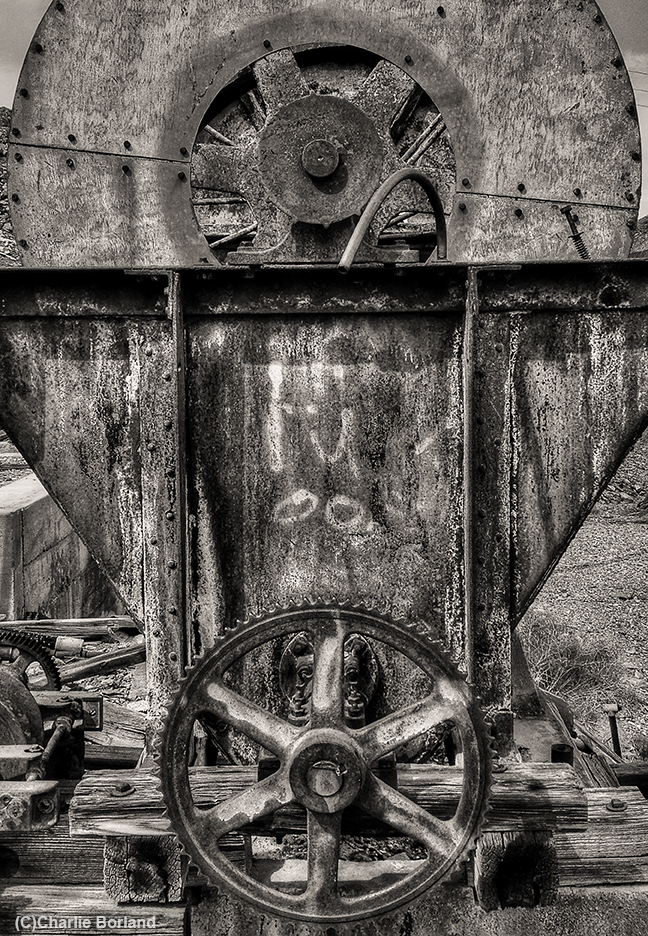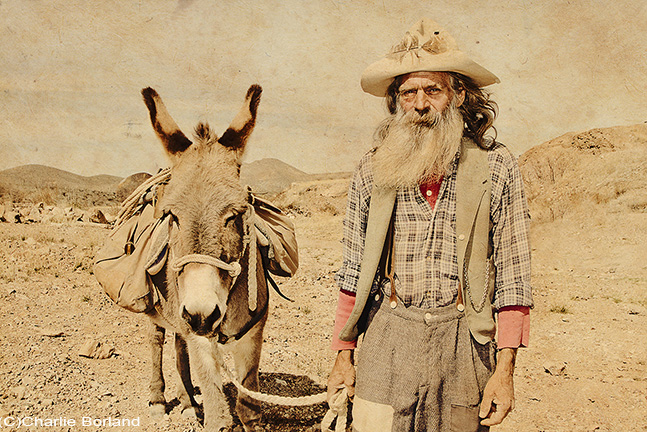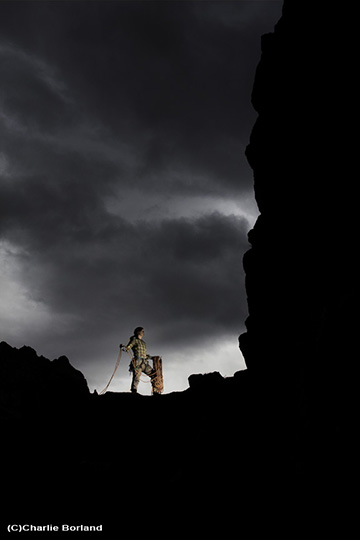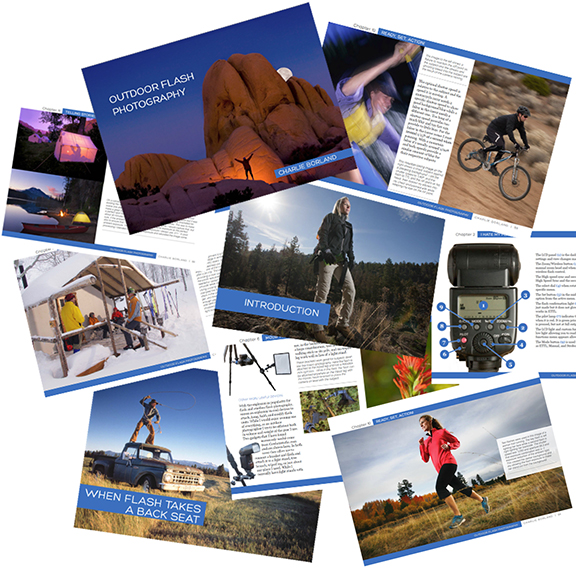Recently, I wrote about stumbling upon the Lost Dutchman miner, of the legendary Lost Dutchman mine, while wandering the Arizona desert photographing and described how he posed for me in a photograph.
After that, I continued across Arizona and New Mexico searching for more great landscapes and flower displays when as luck would have it, I again stumbled on another well know western figure: U.S. Marshal Rooster Cogburn.
In case you don’t know who that is; he is the infamous Marshall who reportedly shot 64 bad guys. He is from Arkansas but his Marshall duties have taken him around the west hunting for the usual desperado’s.
His most well-known manhunt; was that of murderer Tom Chaney who had killed the father of Mattie Ross and was on the run. So Cogburn went after him hoping to capture and bring him back to Texas for trial.
As we drove from New Mexico into West Texas, we stopped in Sierra Blanca to gas-up and decided to get a drink. Having never been there, we found a small cantina and went on in. After 5 minutes I heard a loud ruckus and there was some fat old guy drunk at the bar.
After watching for a minute I realized who it was: Rooster Cogburn. I could not believe it but told my wife let’s just watch. For an hour he was there bellowing and boasting before sitting at the table next to us.
To make a long story short, we struck up a conversation and I eventually asked him if I could photograph him on the side of the cantina building. He grinned and agreed, but pulled out his 6-gun and said if the pictures were bad he’d shoot me.
I promised they would be very flattering.
So we went out back and I set up two flash units with wireless triggers to add some light on him. I purposely chose the shaded side of the building and then the flash units to add light rather than fight the sun with fill flash.
He was swaying a bit so I used a shutter speed of 1/125th at f/5.6 and hoped there would be no blur. I thought the picture looked pretty good and mailed him one to some address in Mexico. Not sure if he got it.
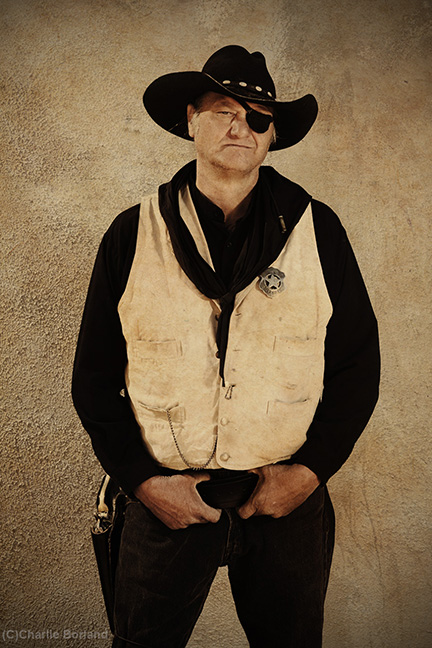
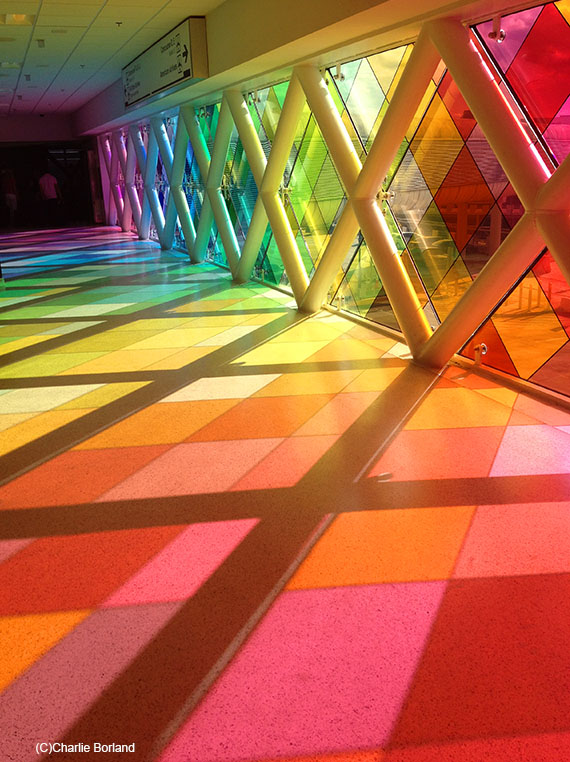 Let’s face it, smart phone cameras are very cool and allow the opportunity to never miss a shot.
Let’s face it, smart phone cameras are very cool and allow the opportunity to never miss a shot.


